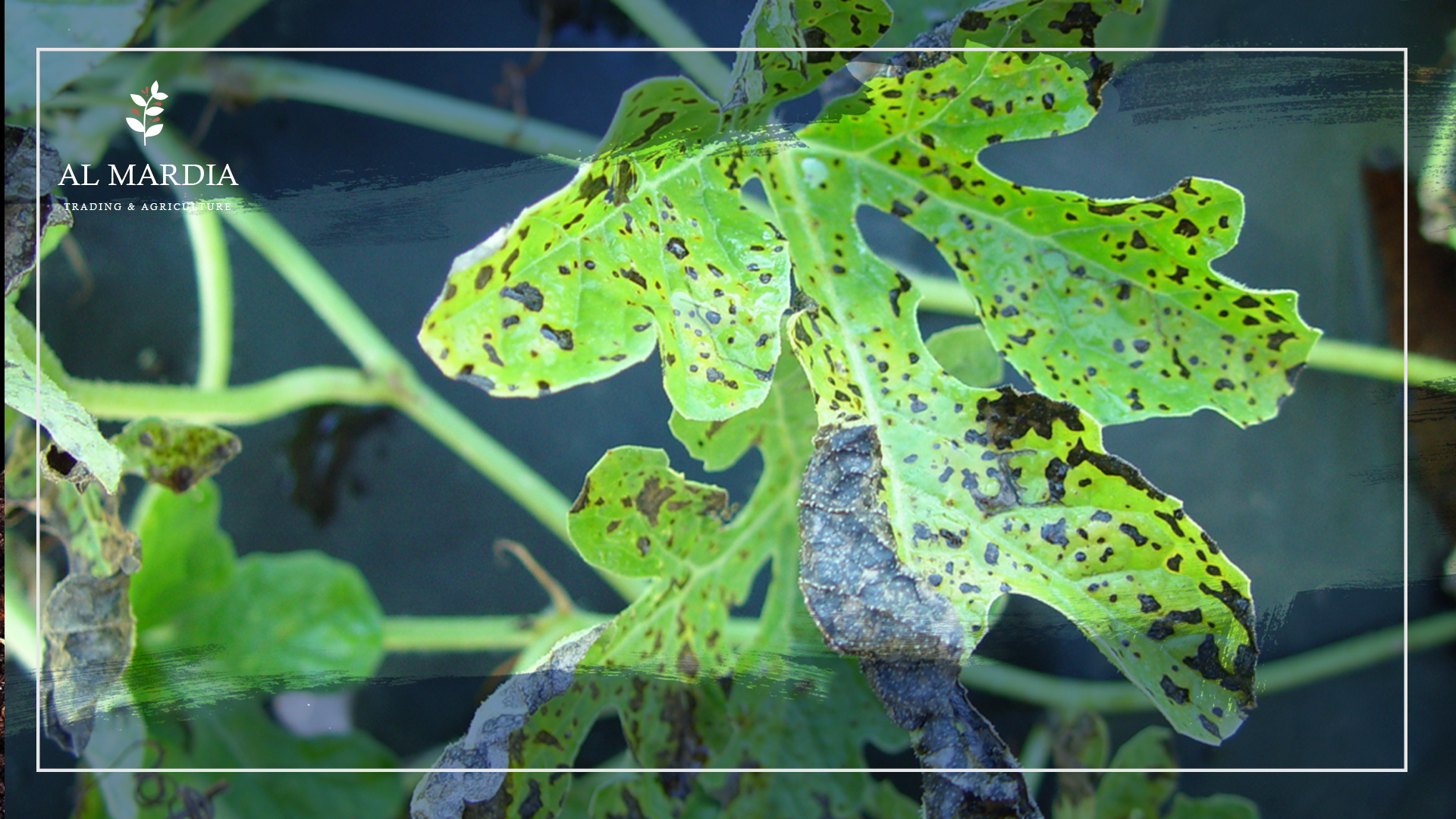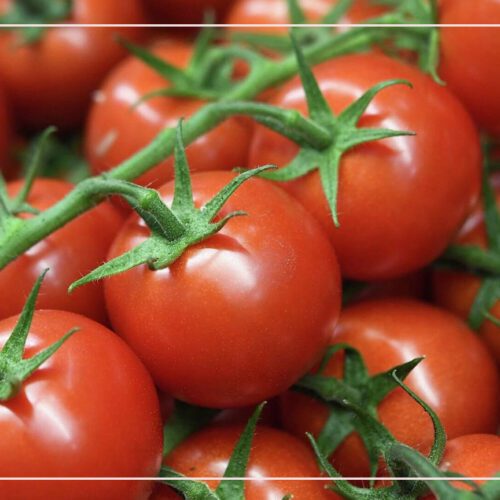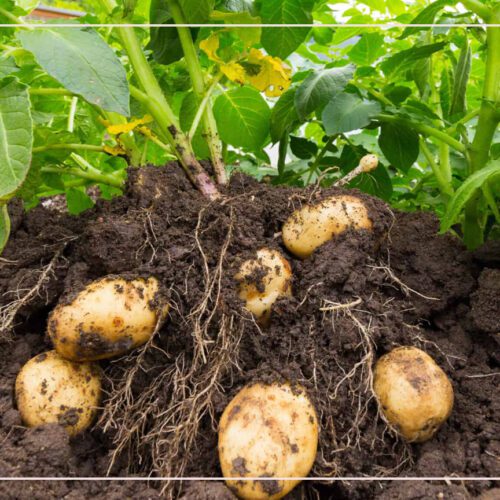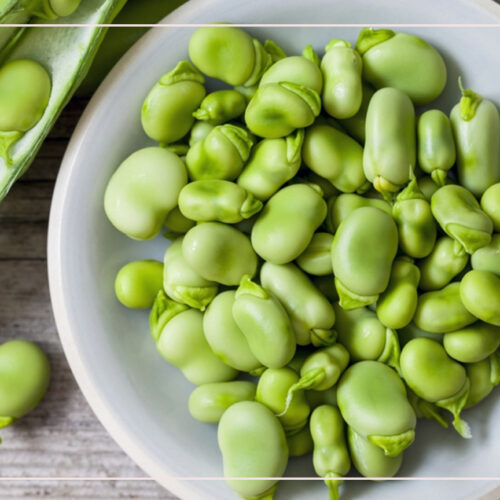
Downy Mildew: Symptoms, Effects & Organic Solutions
Ornamental plants and edible crops are vulnerable to the ravages of downy mildews. It’s a type of fungal pathogen that can stain and disfigure foliage. Unfortunately, amateur gardeners have limited control options when it comes to treating downy mildew since no effective fungicides are available. However, cultural techniques such as crop rotation and water management can be used to help reduce the risk of infection.
What is Downy mildew?
Downy mildew is a fungal-like disease of foliage caused by Oomycete organisms. It is spread from plant to plant by air and water and can cause significant damage to crops if left untreated. The disease affects many different types of plants, including vegetables, fruits, grains, and ornamentals. Symptoms of downy mildew include yellow or white spots on leaves, wilting or stunted growth in plants, and fuzzy white growth on the underside of leaves. Treatment for downy mildew includes using fungicides or biological control agents to reduce the spread of the disease.
Numerous edible and decorative plants are vulnerable to damage, such as Brassica, Carrot, Columbine (Aquilegia), Foxglove, Geum, Grapevine, Veronica, Busy Lizzie (Impatiens), Lettuce, Onion, Pansy, Parsnip, Peas, Poppies, Rhubarb, Roses, Spinach and Tobacco Plant (Nicotiana).
Downy mildews are primarily limited to a small selection of related plants. To illustrate, the downy mildew affecting brassicas is separate from the one that impacts pansies.
Symptoms of wild mildew:
Identification of downy mildew in plants may be tricky, yet it is not impossible. One should look out for signs such as:
- Upper leaf surfaces of certain plants may present discolored blotches in various shades of green, yellow, purple, or brown. These blotches may have geometric shapes due to leaf veins that border them (e.g. lettuce).
- Fungal spores may be found on the underside of leaves and appear as blotches, which can be white, gray, or purple depending on the type of downy mildew. This mold-like growth is a common symptom of this fungi.
- Certain plants, like peas and pansies, have a visible growth rate that can be seen with the unaided eye. In contrast, it can be quite challenging to observe the growth rate of plants such as foxglove and rose without a magnifying glass.
- Depending on the severity of the infection, leaves may shrivel and become brown (e.g. tobacco plant), or turn yellow and fall earlier than usual (e.g. Impatiens, rose).
- Sometimes other parts of plants can be subject to damage, such as cauliflower florets, Impatiens blooms, and pea pods.
- Plants affected by severe conditions often show signs of stunted growth and lack of vitality. In many cases, the consequences can be fatal, with plants such as columbine, Impatiens, and tobacco plants potentially succumbing to death.
Better practices to control wild mildew:
- As soon as the symptoms become noticeable, it is essential to carefully remove and dispose of the infected leaves by either burying them deeply, burning or taking them to an appropriate green waste facility.
- It is recommended to remove and dispose of plants that have been significantly damaged.
- To promote the healthy growth of your plants, you should practice proper spacing and regularly get rid of weeds so that air can freely circulate around them.
- In greenhouses, it is important to reduce prolonged moistness of the foliage and uncomfortable levels of humidity. Where feasible, it is recommended to avoid overhead irrigation and keep the doors and vents open as much as possible to promote airflow.
- It is advisable to water plants during the morning hours in order to prevent high humidity and leaf wetness that can occur when water is in the evening. This allows the leaf surfaces to dry quickly and effectively.
- To prevent infection from soil-borne pathogenic spores, it is advisable to rotate crop plants for vegetables and to stay away from re-planting the same host species within a year if an ornamental plant has been affected.
Some effective products are manufactured based on natural substances such as citrus to control broad-spectrum pathogenic fungus (Downey Mildew). See Citromax
What crops are affected by downy mildew?
A wide range of ornamental and some indoor plants are often affected by Downy Mildews.
Certain greenhouse crops are at risk of downy mildew diseases, like snapdragon, Salvia, alyssum, pansy, sunflower, rosemary, Primula, Osteospermum, Impatiens walleriana, coleus, statice Verbena, ornamental cabbage, basil, and Cineraria.
Commonly encountered perennial hosts are Aster, Buddleia, Coreopsis, Geranium (not Pelargonium), Geum, Gerbera, Lamium, Delphinium, Veronica, and Viola.
Is downy mildew the same as powdery mildew?
The presence of powdery mildew and downy mildew on the leaves of a plant may seem similar. They both have their fuzzy texture, but they are different fungal diseases. However, with closer observation, it is easy to recognize the distinction between them.
Here are the major differences:
- Powdery mildew is caused by a type of fungi, while downy mildew is the result of oomycetes, more commonly known as water molds.
- Powdery mildew can be observed on both the upper and lower surfaces of leaves, whereas downy mildew is only found on the underside of them.
- Powdery mildew has a distinctive white or gray coloring on the entire leaf, while downy mildew begins as pale-yellow patches on the upper surface of the leaves, accompanied by a light purple fuzz underneath.
- Powdery Mildew usually doesn’t cause too much harm to plants and is mostly just an aesthetic issue. Downy Mildew, however, can be extremely detrimental to the health of a plant and can lead to rapid leaf death in wet or humid environments.
In conclusion, garden pests are not the only thing gardeners should be mindful of. Diseases such as downy mildew, if left untreated, can cause significant damage to crops. Fortunately, preventive measures can be implemented to keep the disease in check and avert serious complications. Indeed, prevention is truly better than cure when it comes to fungal diseases in gardens.
Related Topic
Essential Tips For Better Date Palm Trees
Common Questions:
-
Does downy mildew affect tomatoes?
Since the early 1990s, outbreaks of powdery mildew on tomatoes have been reported. It spread in Europe, North and South America, and Asia. This has become a crucial disease problem worldwide both in the field and with greenhouses.
-
How do you treat soil after downy mildew?
To prevent the spread of this disease, it is important to take proper care of the soil. Treating the soil after downy mildew involves removing infected plant debris, aerating the soil, and adding compost or other organic matter. Additionally, using an appropriate fungicide can help reduce the severity of an outbreak and prevent future infections.
-
Is downy mildew harmful to humans?
While it can cause considerable damage to crops, it is not harmful to humans. In fact, it is safe to eat leaves from infected plants. In other words, the disease does not pose a risk to human health. Nevertheless, proper management of downy mildew on basil can help protect crops and limit the spread of this fungal disease.





